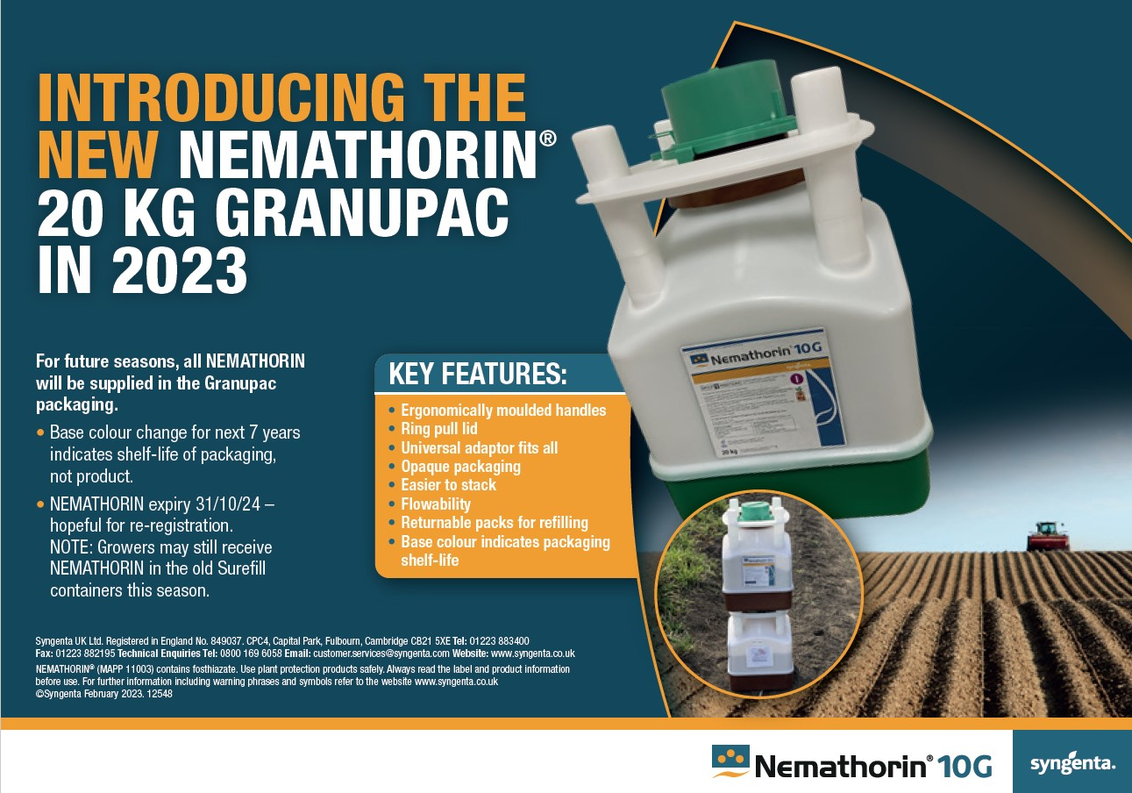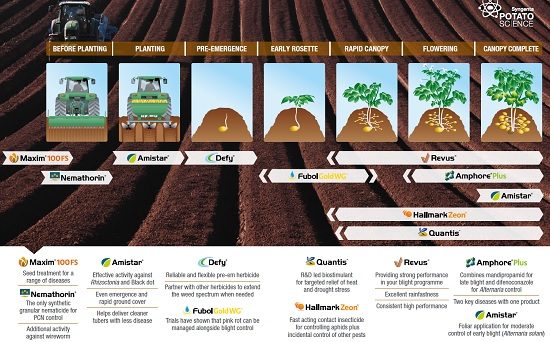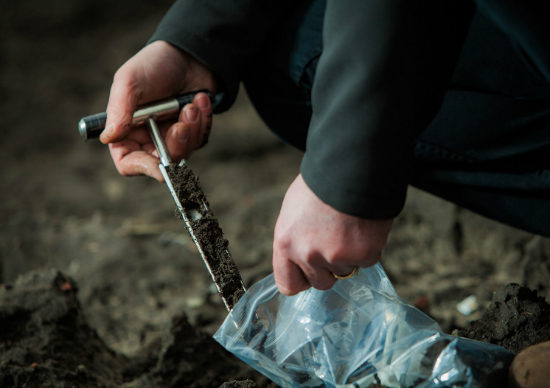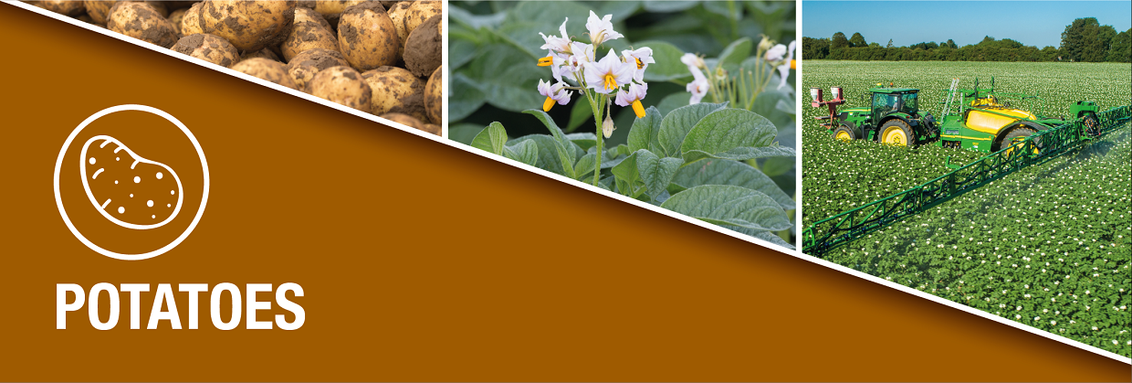
Effects of Soil Pests
Tackling early-season blight
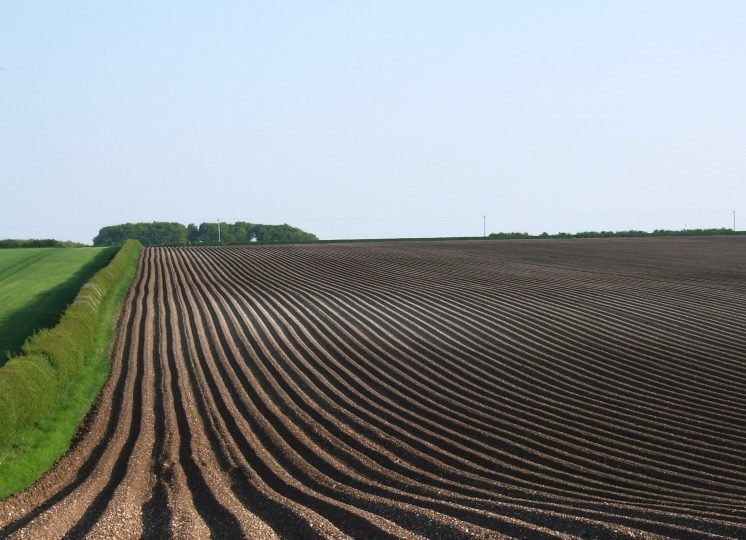
Tackle weed competition early
Weed competition can have a significant impact on potato yields; as well as affecting tuber size and quality. Their presence can also encourage certain pests and diseases.
Weeds should be tackled early, and DEFY applications close to crop emergence provide a long period of weed-free establishment. DEFY herbicide mixtures offer growers greater options and practical opportunities to achieve effective weed control.

